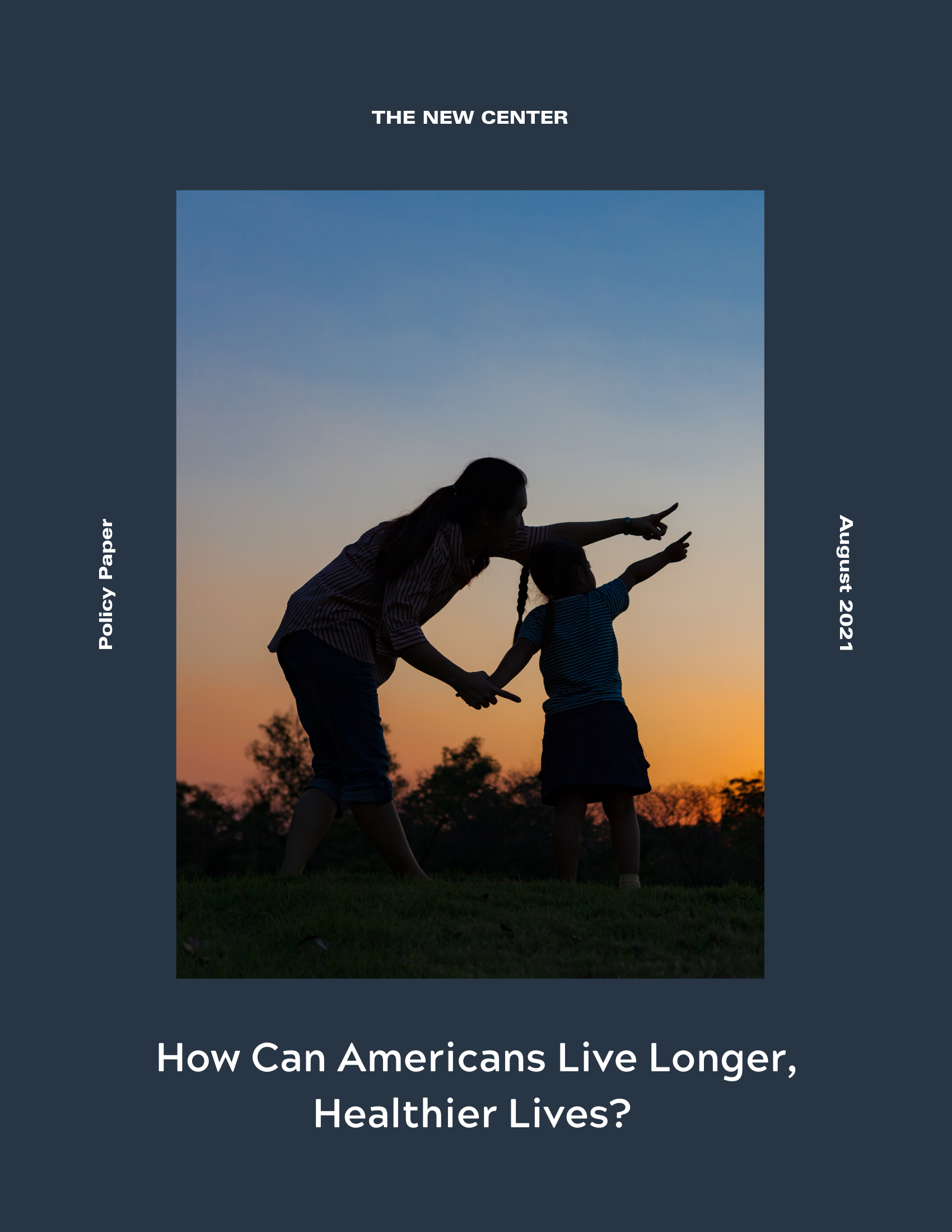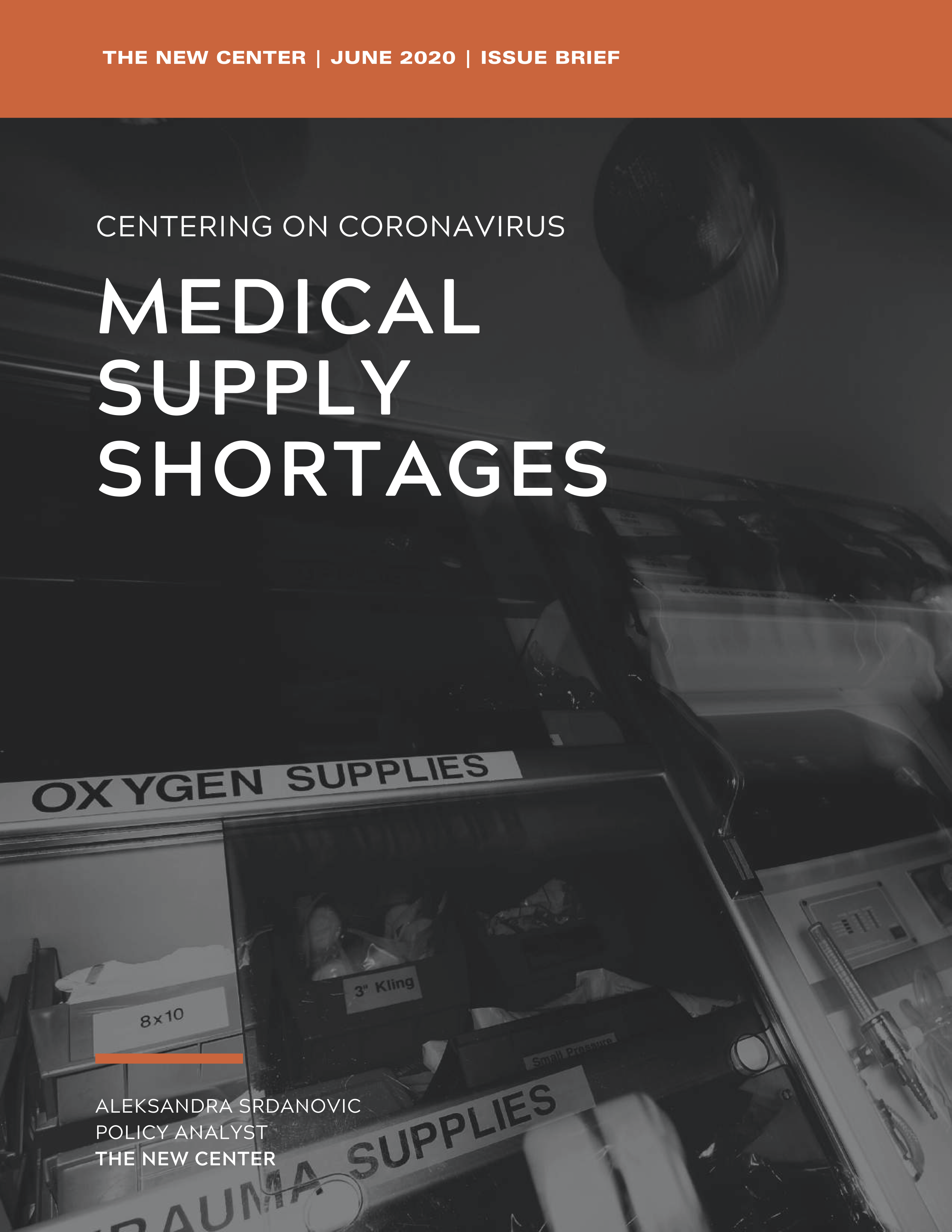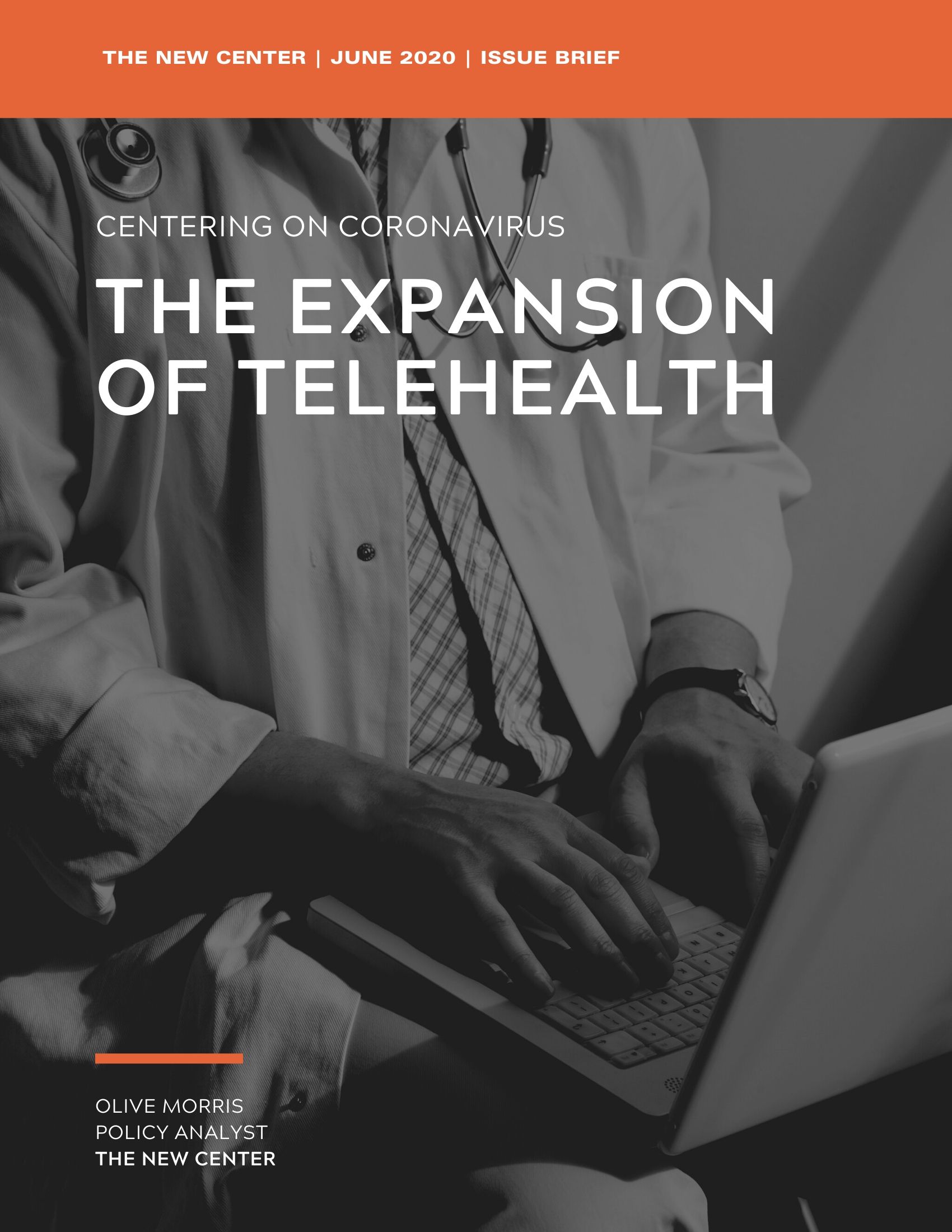Publications
Medicare Payment Reform
According to a recent Medicare trustees report, the program will be unable to fully fund its services by 2026. Congress must address systemic inefficiencies in the way that Medicare pays for medicine and services.
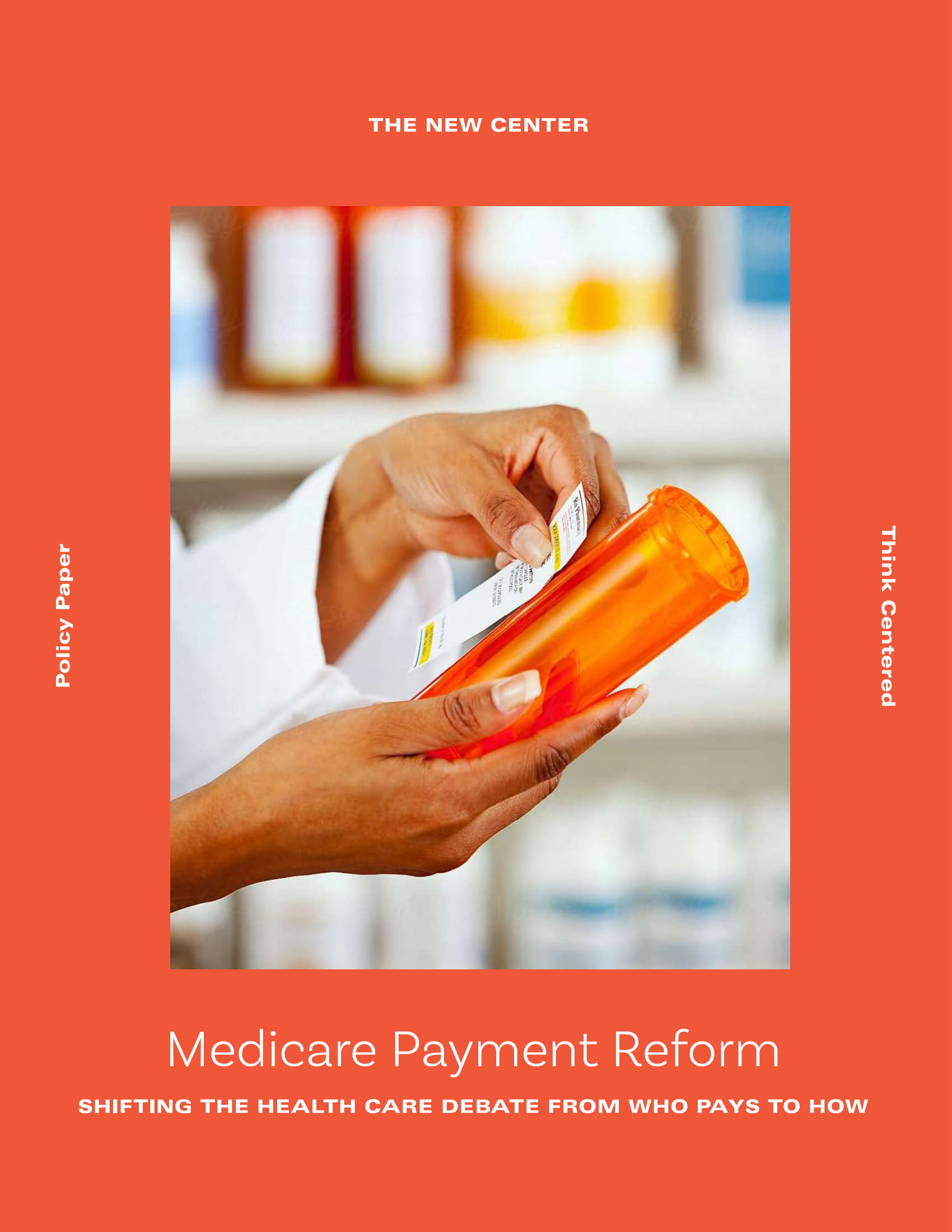
OVERVIEW
Our Solutions In Brief
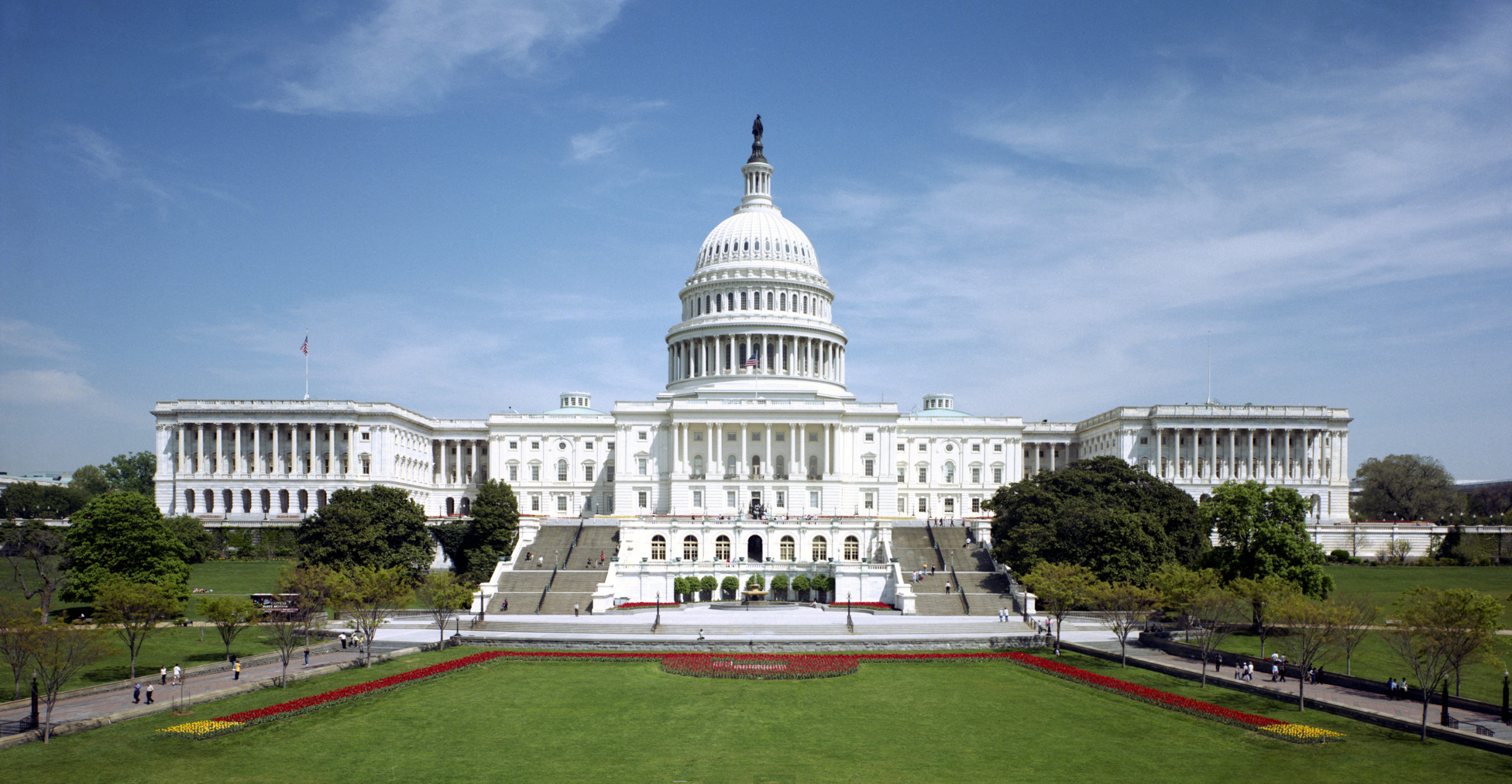
Fee-for-service encourages hospitals to issue as many tests and services as possible to maximize profits, even if the services aren’t particularly necessary or beneficial to patient health. The Centers for Medicare & Medicaid Services can improve problems stemming from the fee-for-service system by accelerating the shift to a bundled payments.

Only a third of Americans have a written plan for what kind of end-of-life care they would like to receive, called an “Advance Directive.” Advance Directives provide individuals with control over their health plan, while also curbing government and patient spending.

Congress should come together on a solution to allow Medicare to negotiate drug prices. The challenge for Congress is to design a system for Medicare price negotiations that meaningfully brings down the cost of drugs, while still preserving the incentive for innovation that has made America the source of the most cutting-edge medical treatments in the world.

Medicare can gain reference for single-source drug prices by looking to other countries—utilizing the “International Pricing Index”, an average of what economically similar countries pay.
Facts At-A-Glance
-
According to a recent Medicare trustees report,
The program will be unable to fully fund its services by 2026.
-
 15% of Federal Spending
15% of Federal Spendingis dedicated to Medicare
-
 17.9% of GDP
17.9% of GDPwas spent on health-related costs in 2017. In 1970, this figure was about 7%.
-
The U.S. spends $10,739 on average per person on health care.
This is roughly double the average cost of $5,280 per person in comparable countries.
-
 37% of All Health Spending
37% of All Health Spendingis covered by The Centers for Medicare & Medicaid Services, the federal program that administers Medicare
-
 90%
90%of primary care practice revenues come from fee-for-service methods

